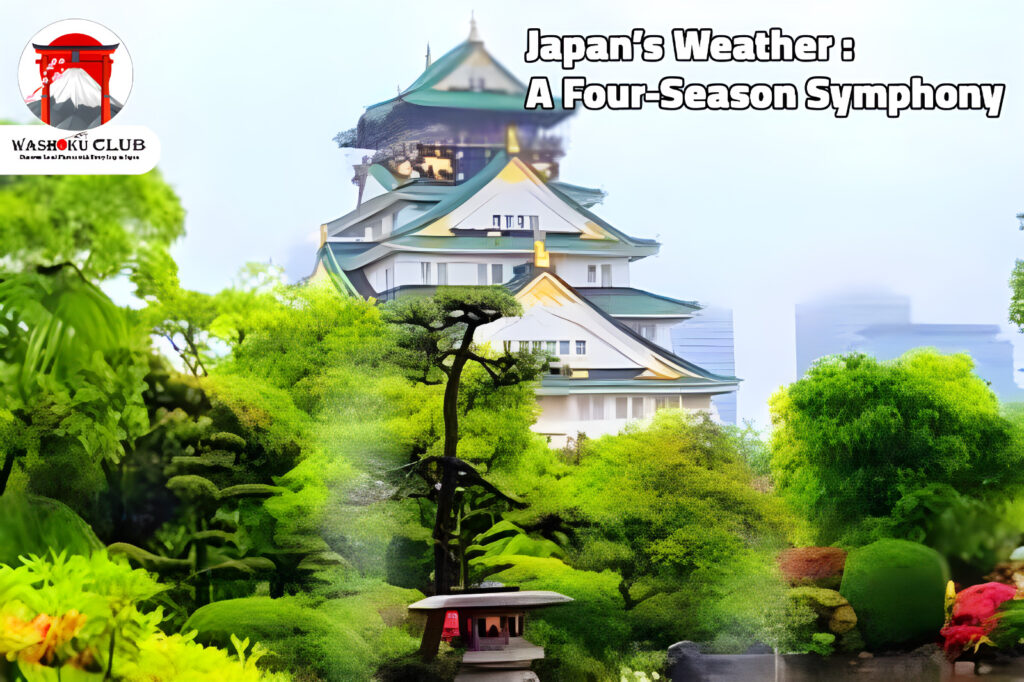Japan’s Weather : A Four-Season Symphony
In a world full of colors and wonders, Japan shines like a canvas full of magic and beauty. From its snow-capped mountain peaks to its golden beaches, from gardens full of blooming flowers to alleys where the fragrant wind dances, Japan offers a unique blend of enchanting landscapes and captivating atmospheres.
Each season in this wondrous land holds a new secret, and when you visit Japan, you find yourself on a journey through time and space, where every moment is like magic that can only be touched in daydreams. Let us take you on an unforgettable tour, discovering together the wonders of Japan’s weather, from the beauty of spring embracing the sky with pink flowers, to the dancing snow in an enchanting winter, to delve into a world of magic and renewal.
Spring in Japan: A Magical Scene
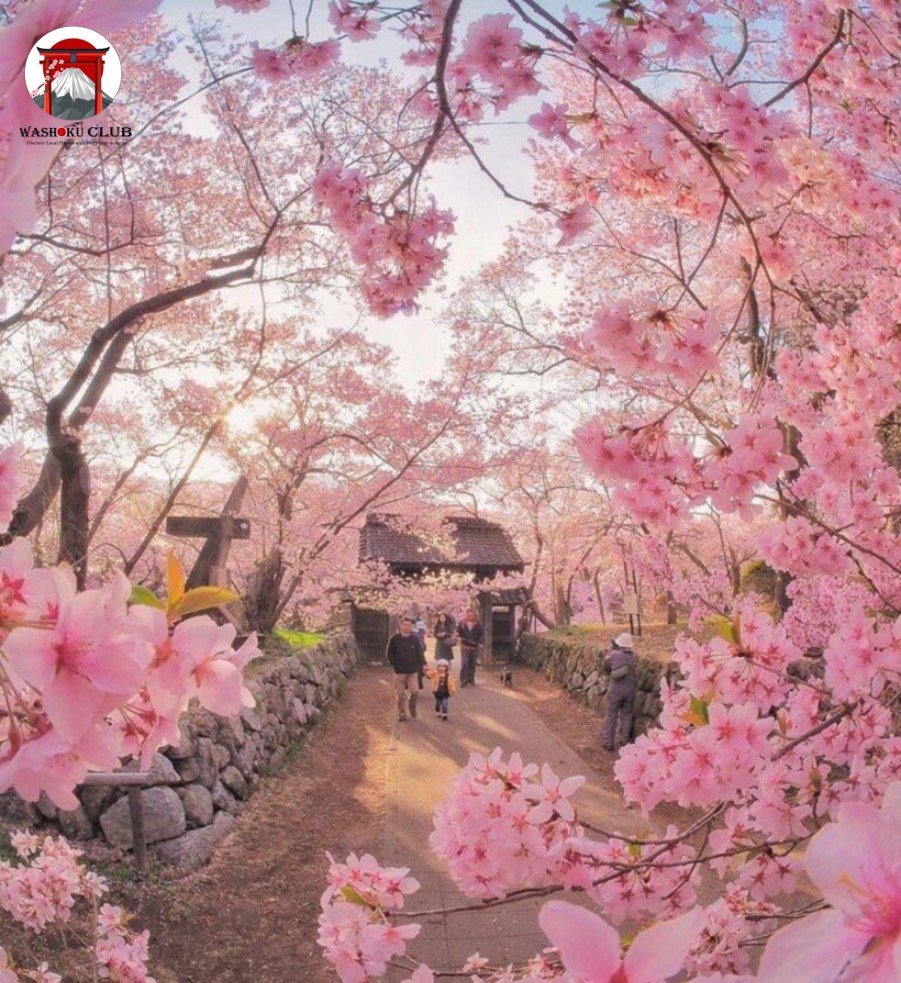
The wind that was blowing through the trees began to calm down, and gradually receded. Winter closes its last pages, and the morning begins with the gentle breezes of spring. The green light adorns nature and places a crown of flowers on its head, and its butterflies fly among the flowers with a warm smile.
Spring in Japan is a magic that has cast spells on eyes and hearts-a dazzling celebration of life, color, and nature. When the month of March approaches, the temperatures begin to gradually rise, and the actual magic happens when the cherry flowers start to bloom in their light-pink color, covering the trees with sheets of natural beauty, clear blue sky, and the fragrant scent of the flowers. Walking under the tunnels of cherry blossom trees shining with their pink color and delicate fragrance, it is as if you were in Disney World. The petals dance softly in the warm spring breezes, falling like pink rain onto the ground, creating scenes out of fantasy, as if from childhood dreams.
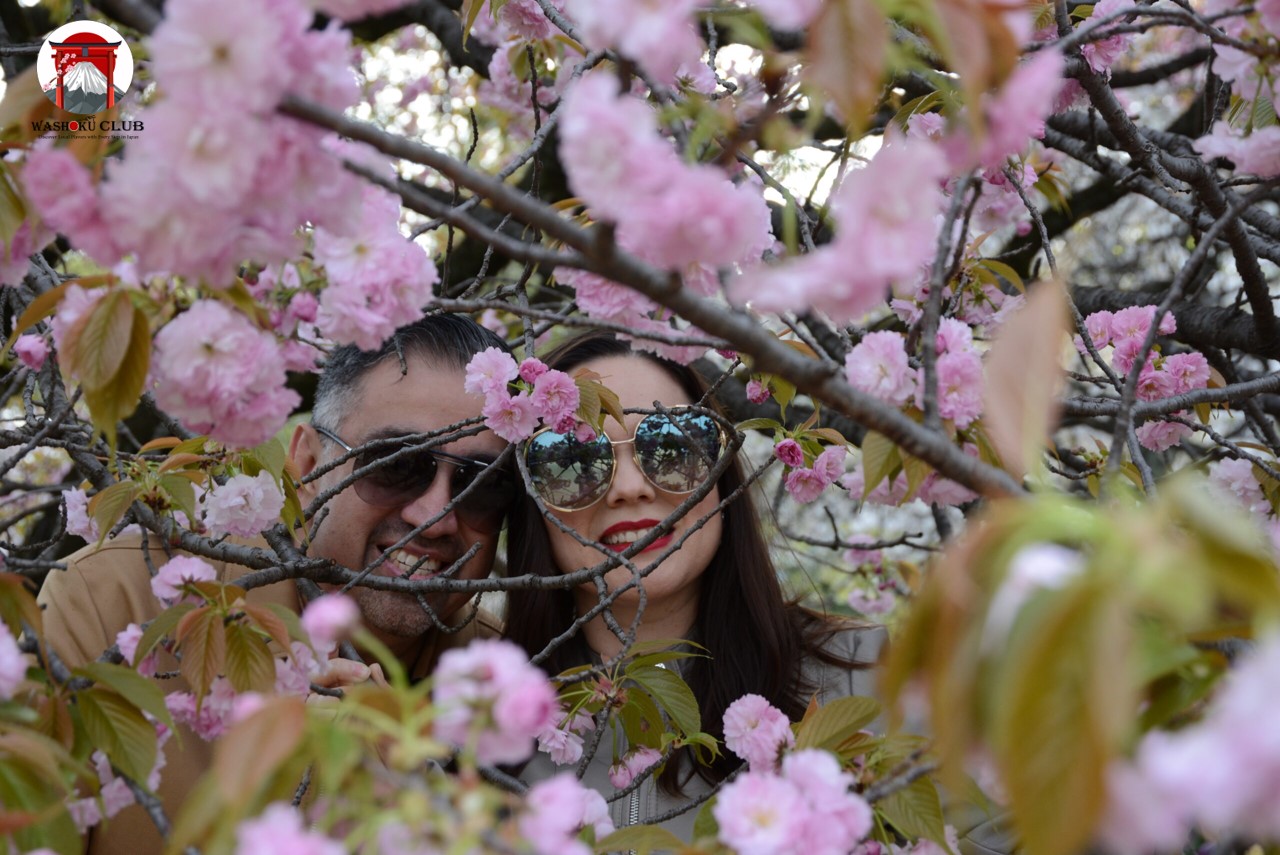
Spring in Japan is called “Haru” (春). Spring weather is mild with temperatures gradually rising between 8-18°C and sometimes reaching 20°C in some areas. Spring weather is dry with no rain but sometimes light rain falls between March and April. Winds are moderate and the air is fresh and clean, and humidity levels in spring are moderate, making it suitable for going out and enjoying many activities such as hiking and trips.
In northern Japan (Hokkaido) spring is cooler than the rest of the country. Cherry blossoms start to bloom in late April or early May
In central Japan (Tokyo and Kyoto) spring is mild and pleasant with warm temperatures and cherry blossoms in early April
In southern Japan (Kyushu and Okinawa), spring starts in early March, temperatures are warmer, and cherry blossoms come out in late March.
These flowers are spread everywhere, from public parks and streets to traditional temples, where their paths are decorated with falling Sakura petals. The trees that adorn the slopes bloom and cover the ground with new green grass, giving them a magical touch that makes them look like places from another world, creating an atmosphere of extreme tranquility and beauty.

Can you imagine the captivating colors of spring, with flowers blooming and filling the city with their delicate fragrance? This is the magic of Tokyo in spring, the most wonderful city that breathes tranquility and beauty, where nature flourishes with its bright colors. Sakura trees, now in full bloom, dress the streets up in a pink shade; soft petals dance like flying from clouds through the air.
Flower scents make every corner and each part of the city fragrant, while this charm enhances the magic in each atmosphere. Nature catches up with life’s rhythm in such a manner that moments become memorable, hearts filling with joy. We thus prepare many, many trips to the heart of this wonderful city, just to live an unparalleled experience among the Sakura flowers and the amazing spring atmosphere while discovering every moment of magic with our Tokyo Food Tours, such as Shibuya All You Can Eat Best Food Tour The Original One in Tokyo
With the end of August, summer ends in Japan, to be replaced by the wonderful autumn season that comes with it carrying golden and red colors, and witnesses the beginning of the harvest season in many regions, to begin the season of New, full of beauty and renewal
As March comes to an end, spring bids farewell to Japan, and is replaced by bright summer. But in this farewell, spring leaves behind magical memories, as pink Sakura petals scatter on the ground, facing the clear blue sky. The colors of spring continue to pulsate in our hearts, as nature prepares for another change that pulsates with beauty and heat. As summer arrives, the city begins to transform into a new place full of life and activity, as lights dance in its streets, the scent of flowers fills the air, and new journeys full of excitement and adventure begin.
Summer in Japan: The Magic of Nature and the Pulse of Life
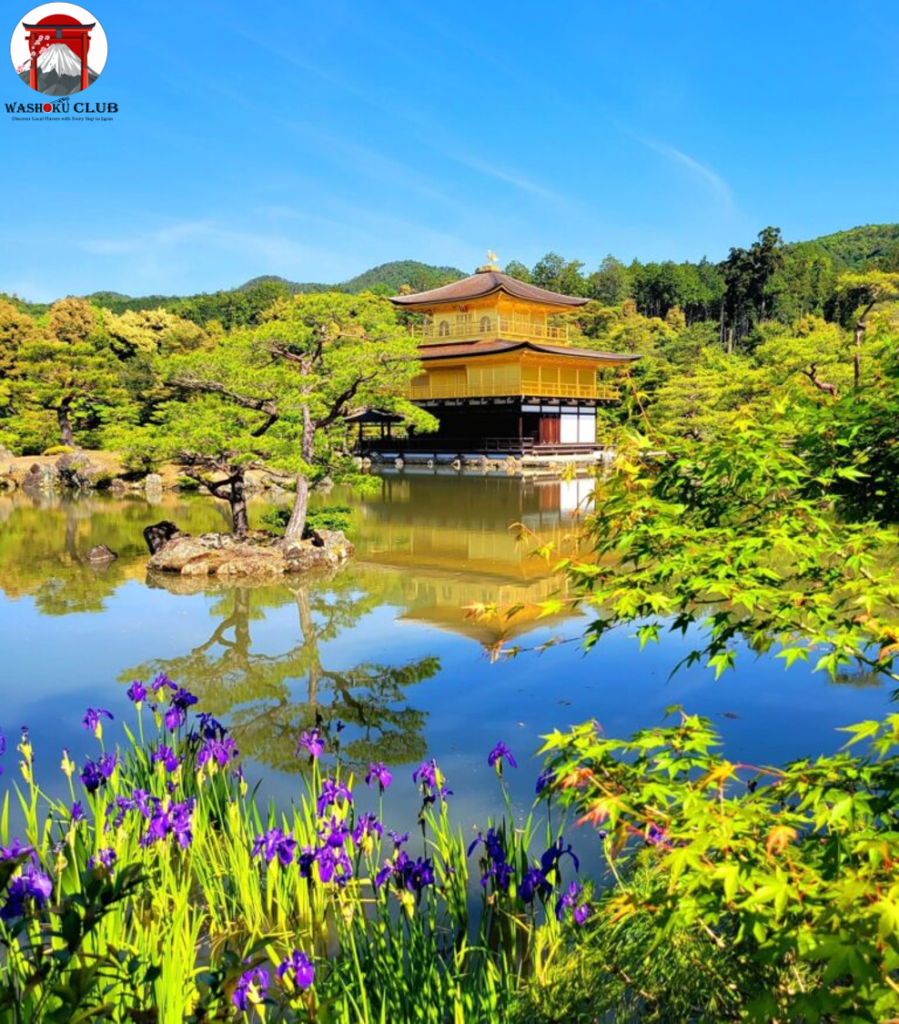
While spring says goodbye to its beautiful flowers, summer in Japan starts painting some magical natural landscapes in the sky with golden sunlight. Summer fills the air with the blast of colors and life as nature starts dazzling in the most grand style. The sun warms everything, bringing life to green areas, and the fragrant scent of flowers and trees wafts through the air. June is the first month of summer, continuing into August with high temperatures and a high level of humidity.
Green mountains and forests of Japan are dressed in vibrant green color, beaches are filled with visitors to take in crystal-clear blue waters, while streets and gardens are tinted by the colors of flowers, such as lotus, peonies, and other bright plants that add to natural beauty, light up all senses. In the evening, streets and gardens become alive and glitter with bright lights, wherein nighttime festivals are held with cultural events, music, and folk dancing, which make them joyful and delightful.

In Japan, summer is called “Natsu” (夏). Summer is a very hot and humid season, generally above 25 and below 35-degree centigrade; but sometimes it surpasses above 35-degree centigrade. The rains at the start of the summer during the “tsuyu” monsoon are pretty heavy, making the atmosphere very humid. Winds are light, often coming from the sea, giving a bit of refreshment in the hot atmosphere. The humidity levels are high, making the air feel vibrant and full of life.
In northern Japan-Hokkaido Summer is not as hot as in the rest of the country, with less humidity and cooler temperatures.
In central Japan (Tokyo and Kyoto) , summer is characterized by hot weather with high humidity; thus, summer in these regions are often very hot.
In southern Japan (Kyushu and Okinawa), which includes Kyushu and Okinawa, has a very hot and humid summer, and these areas are sometimes hit by tropical storms, which increase the strength of the wind and temperature.
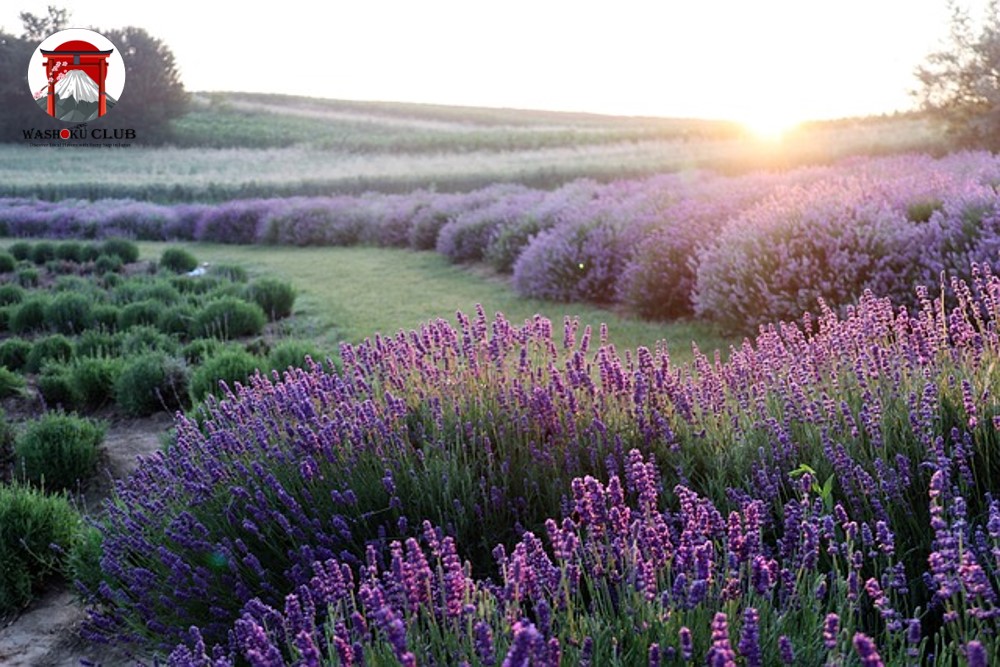
During the summer, flowers like “hydrangeas” and “lavender” bloom to add grace to the natural scenery. During summer, gardens become a green oasis full of vivid colors; flowers and dense trees blend in a harmonious way and create a magical scene that catches one’s attention.
With summer comes tons of great festivals that just ooze with authentic culture: Hakata Festival in Fukuoka, Nishio Festival in Nagoya, Tama Festival in Tokyo-these have a lot of cultural and artistic activities that make summers in Japan so exciting and boisterous.
If you dream of visiting Japan, get ready for magic unrivaled! Tokyo is the perfect city to visit during summer. With warm weather, vibrant life colors fill the place, golden sunlight pours upon the streets and alleys, dazzling lights scattered all over, the sparkle gleams on the waters surrounding areas like Tokyo Bay; steeped in an unforgettable experience that ranges from joyful summer festivals to unique sightseeing. Tokyo promises magical adventure with an array of exciting activities for one. Are you ready to explore the magic of this city? Join us on this amazing Food Tour in Tokyo ( Tokyo | The Perfect Wagyu A5 Dining Experience )
As August comes to an end, summer in Japan begins to fade away, leaving behind moments of blissful heat and vibrant activities. With each sunrise, Japan begins to transform into a new season, but the magic that summer leaves in the sky, water, and streets remains etched in the memory. From the bright festivals of lights to the scent of flowers that fill the air, Japan continues to charm without end. As fall begins, the city waits to reveal new beauty, but summer will always remain in the hearts, with its amazing memories, enchanting colors, and unparalleled atmosphere.
Autumn in Japan: A Symphony of Colors
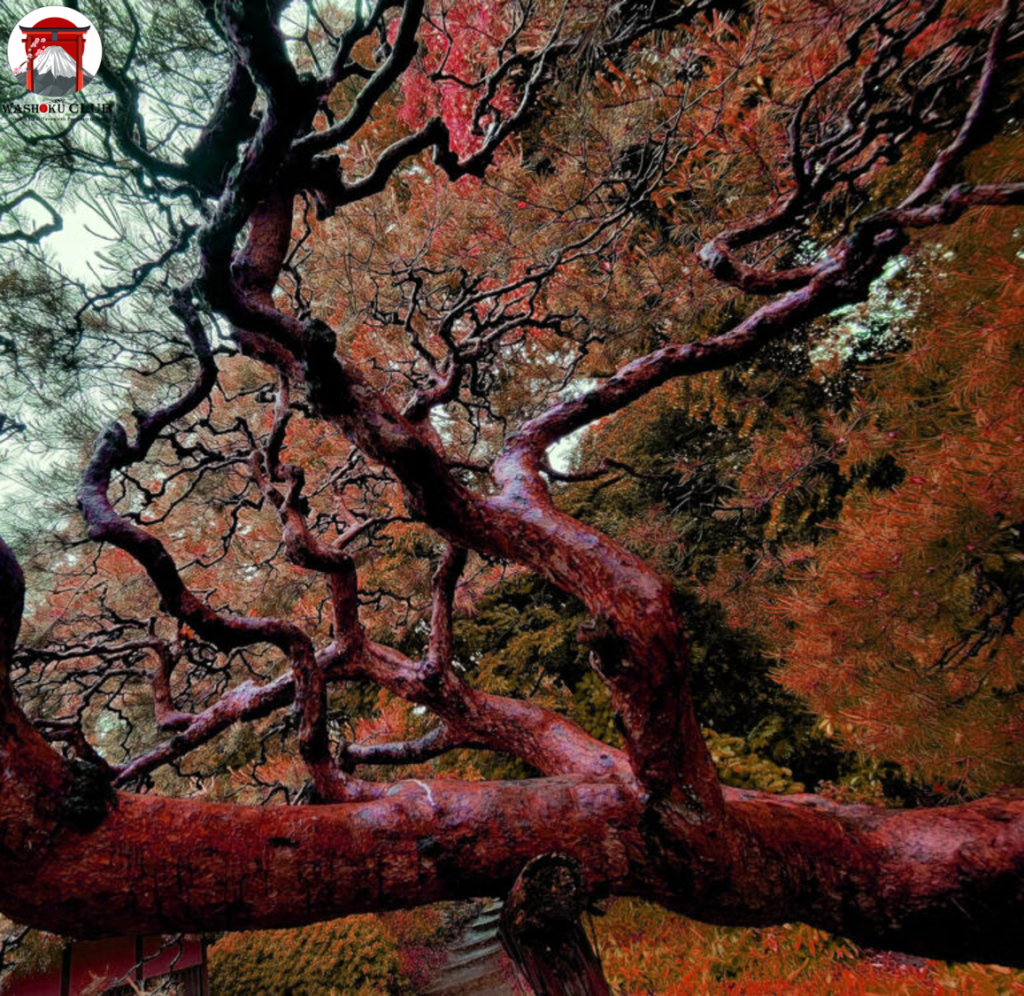
Dawn undergoes an amazing transformation, as the morning breathes new air and radiates the golden rays of the sun that herald the beginning of autumn.
Autumn is the season of colors in Japan, a horizon filled with natural splendor. Autumn generally begins in mid-October with a cool, fresh breeze mixed with the warmth of the sun, as the leaves transform into vibrant works of art, from deep red to golden orange and bright yellow.
Imagine walking through the streets of Kyoto or Nikko under the canopies of colorful trees. The leaves are falling – like a rain of gold and copper as they cover the ground with a colorful blanket. All of this creates magic, an atmosphere of life and energy with every step you take; every nook, corner and cranny is vibrant with stunning colors.
At night, the cities turn into light festivals as the lights dance among the leaves, which become even more beautiful with their autumnal colors in an atmosphere full of excitement and joy mixed with ancient music and Japanese chants are In the fresh breeze. The smell of delicious seasonal foods is everywhere. These foods create an atmosphere of celebration and joy.
In mid-October, the leaves start to change their green to beautiful autumn colors, and this continues until the end of November. Watching these vibrant colors is of course one of the most beautiful things you can do in autumn. Kyoto and Nikko are wonderful and very attractive because of the beauty of their autumn leaves; all the trees turn into bright and magical colors that capture the hearts and amaze the eyes.
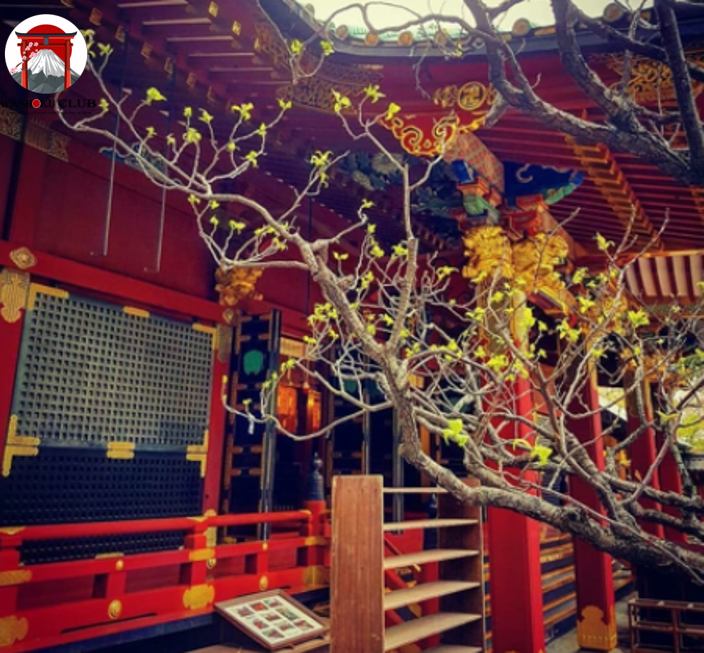
In Japan, autumn is called “aki” (秋) and it is usually mild, with temperatures ranging from 10°C to 20°C. This season is usually characterized by light rain at most; in general, the weather in autumn is pleasant and may be a good time to enjoy the outdoors. The winds blow gently during this season, giving a nice feeling of freshness and comfort. Usually, humidity drops to moderate levels: good for getting out into nature and enjoying its unparalleled charm.
In northern Japan (Hokkaido), autumn is refreshing and cool with temperatures ranging from 5 to 15 degrees Celsius, moderate rainfall, and trees turning their bright autumn colors.
In central Japan (Tokyo and Kyoto), the weather is mild and pleasant, with temperatures ranging from 10 to 20 degrees Celsius. Rainfall is moderate, and parks and temples are covered in autumn colors.
In southern Japan (Kyushu and Okinawa), autumn is warm with temperatures ranging from 15 to 25 degrees Celsius. Rain is rare; autumn colors appear slowly.
Cosmos and chrysanthemums bloom in autumn to add some colors to the autumn landscape. The scenery of the gardens during autumn is picturesque with a combination of warm colors of trees and autumn flowers that add special beauty and splendor.
During the fall season, Japanese people participate in many outdoor activities. like hiking, camping and holding festivals to celebrate the fall season. For example, there is a festival in Kyoto known as “Jidai Matsuri”, which is a festival that showcases the history of Japan through parades and traditional performances. Another festival is the “Nagasaki Konshi Festival” which includes cultural and musical performances.
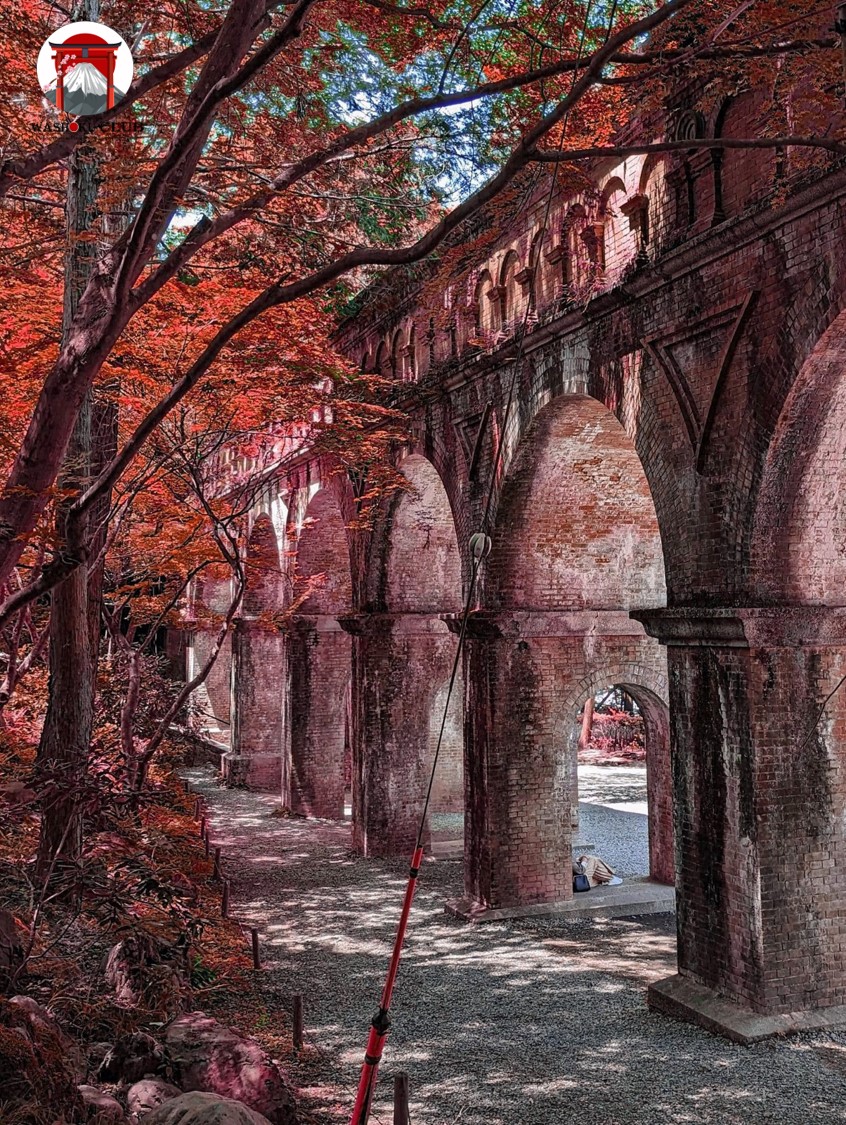
Let’s talk about a magical place in the fall. A fantasy place full of the magic of autumn and falling leaves. Kyoto is a fantasy world full of beautiful autumn colors. A place to unwind and recharge, away from the city’s incessant hum. Temples and gardens are decorated with colorful leaves.
Enjoy wandering the old streets and exploring traditional Japanese culture, where you can see women wearing beautiful kimonos in colors that harmonize with the colors of autumn. Washoku Club Culture and Food Tours in this season offers a unique experience that combines natural beauty and cultural richness, making it an incomparable destination In The Best food Tour In Kyoto Gion Food Tour with A Local professional Guide customized For You
In the last days of November, autumn in Japan has almost come to an end, and the temperatures gradually begin to fall, which preludes the beautiful and pleasant winter. Winter brings with itself white snow, a calm atmosphere, and Japan looks different altogether, like a wonderland with pure snow on its carpet.
Winter in Japan: A Wonderland of Snow and Serenity
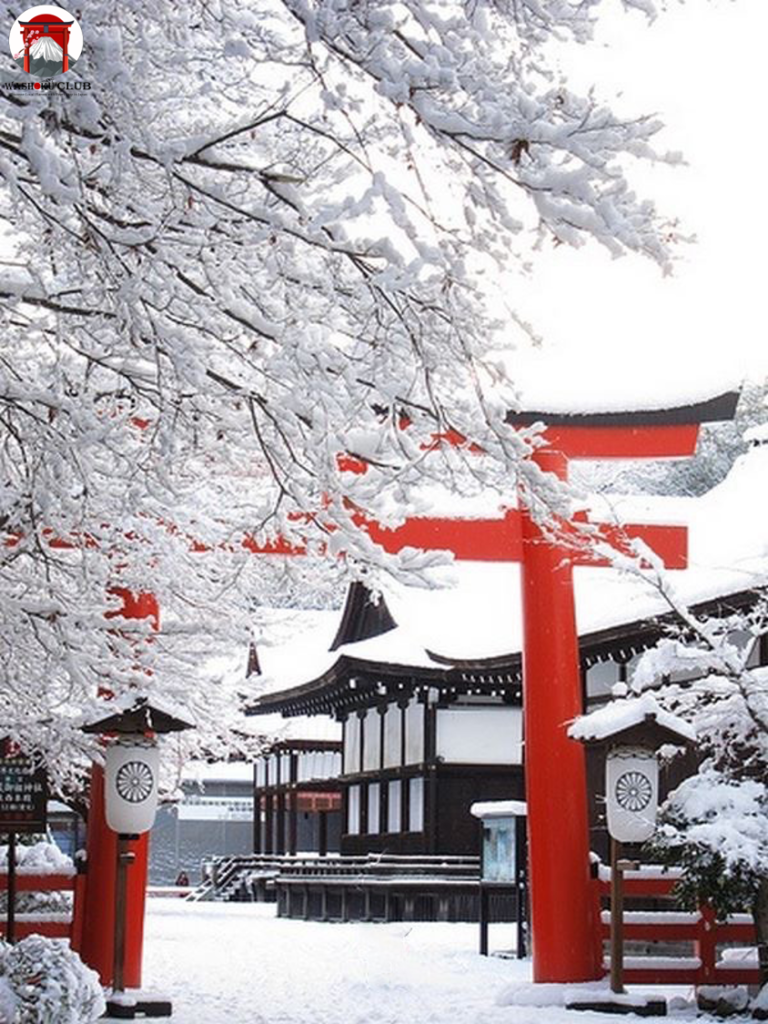
With the autumn receding, there is an air of quietness as if nature is taking deep breaths before the snow begins to fall.
Winter in Japan is a season of magic and beauty. In late November, the world turns into a painting of white magic. The air is cool and pure, carrying fragrant breezes that exude calm and serenity. Snow falls quietly, decorating the ground with a pure white cover, like a soft white quilt covering the entire nature. The trees, which were deserted in autumn, are adorned with ice crystals that shine under the dim sunlight, like jewels sparkling in a stunning natural exhibition.
The stars sparkle at their most beautiful at night. The moonlight dances on the surface of the snow, creating a painting full of life and imagination.
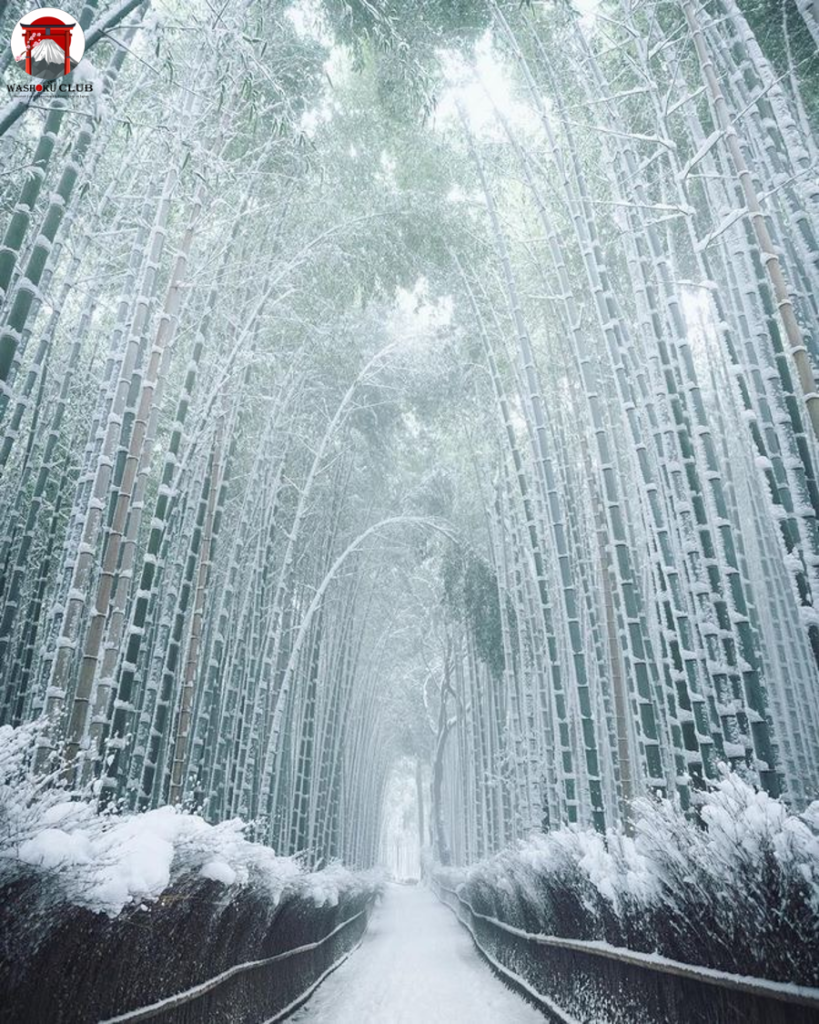
Winter in Japan is called “Fuyu” (冬). The weather in winter is cold, with temperatures usually ranging between 0 and 10 degrees Celsius in most areas, and may drop below zero in mountainous and northern areas. Rainfall in winter is relatively small, but there is heavy snowfall in some areas. The winds are sometimes cold and strong, which increases the feeling of cold. Humidity levels are low, making the weather dry most of the time.
In northern Japan (Hokkaido) winters are severe and snowy, with below-zero temperatures. Heavy snowfall creates a beautiful landscape. The winds are cold, and the atmosphere is very refreshing .
In central Japan (Tokyo and Kyoto), winters are cold and dry, with temperatures ranging from 0 to 10 degrees Celsius. However, it is refreshing, with clear skies and bright sunshine.
In southern Japan (Kyushu and Okinawa), the temperature ranges from 5 to 15 degrees Celsius during winter. Rainfall here is low at that time, so the weather here becomes a bit cool, which is ideal for outdoor activities such as hiking.

Despite the cold winter, there are some flowers that bloom in this season, such as the “Camellia”. The gardens in winter turn into a beautiful scene that combines snow-covered branches and winter flowers that add a touch of color to the white scene
For the Japanese, winter is not just a cup of warm tea in the middle of the frost with a quiet song, but they wait for this season in particular with great enthusiasm, waiting for the snow to practice ice skating activities, build ice sculptures, traditional shows, fireworks, and hold festivals such as the “Sapporo Snow Festival” and the “Omatsu” Festival, and others, enjoying the arrival of one of the most beautiful seasons in Japan.
Winter Nara boasts a very fascinating atmosphere: a place of a fairytale with a coat of white snow that reflects weak rays of the sun and thus gets an incredibly outstanding look. Narrow streets covered with snow are so cute; free deer strolling in these narrow snow-covered streets make a little life spot on the mighty landscape. The quiet gardens and snow-covered temples form a magical fairy-tale landscape that makes Nara the ultimate place to experience winter beauty serenely.
From early March, with the snow melting and flowers starting to bloom, the landscape in Japan gradually changed from a quiet, snow-covered winter to a rejuvenating, vibrant spring. Winter, in all its coldness and with all its enchanting beauty, left behind a memory of moments of stillness and tranquility that made spring a new beginning full of color and life.
It is a wonderful time of the year when nature is in harmony: the coldness of winter melts, and fresh flowers welcome in the breezes of a gentle spring to create such unforgettable and magical experiences. Every season has its special beauty in Japan, but while snow decorated the grounds in winter, flowers adorn the sky during spring-which makes this transition into a full-of-hope and renewal season.
Japan offers an amazing climate experience that takes you between magical seasons, each one of which carries a unique beauty and tranquility. Whether you enjoy the sunshine in summer, go on a trip under the amazing autumn lights, or swim in the beauty of spring with scattered Sakura flowers, Japan promises you an unparalleled experience in every season. Don’t forget to include in your plans to visit these wonderful destinations through our Food Tours with ” Washoku Club Culture and Food Tours“, as we promise you unique experiences that guarantee you unforgettable moments in every corner of this magical country. Join us now and enjoy every moment in the heart of Japan.

